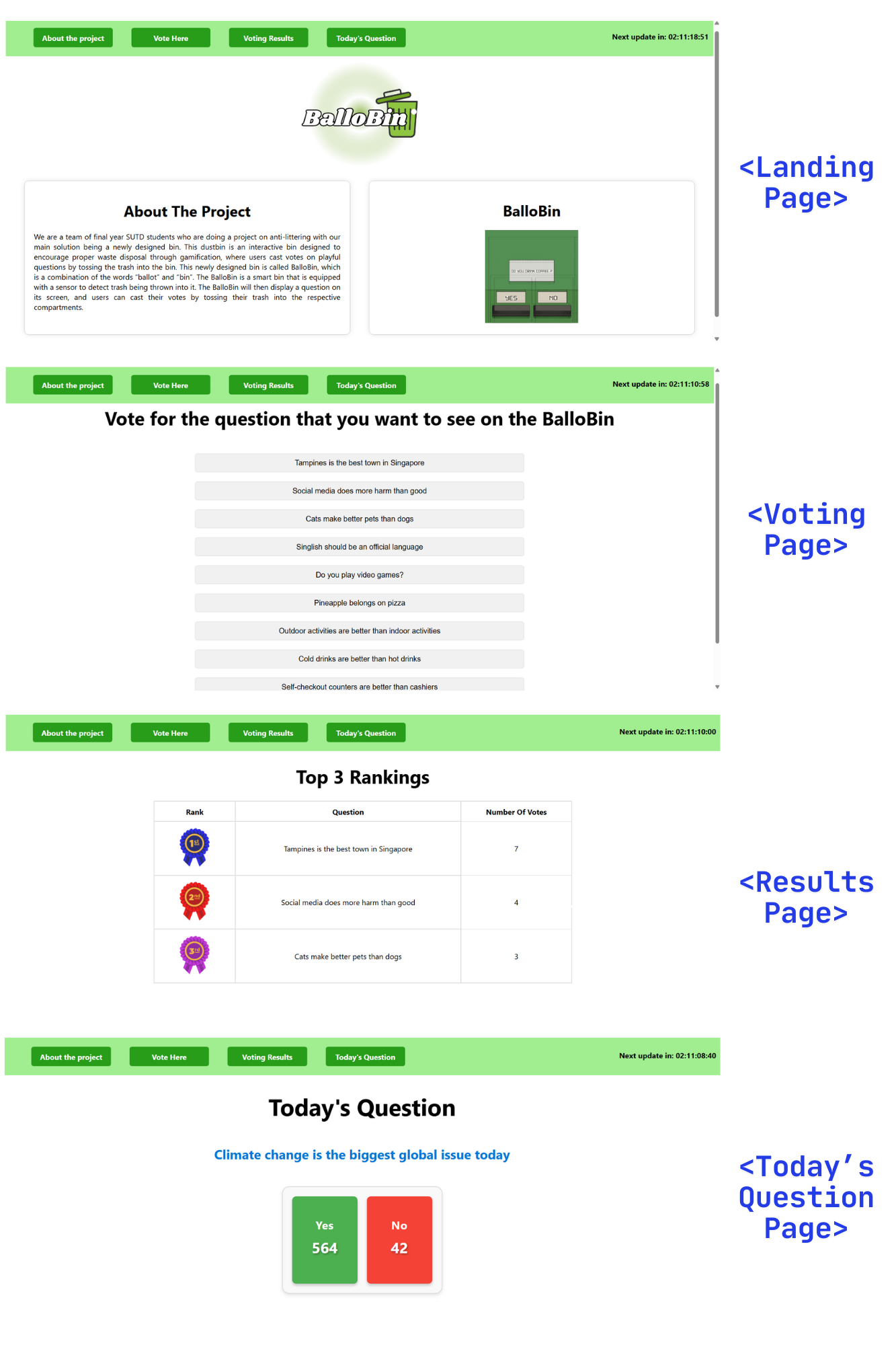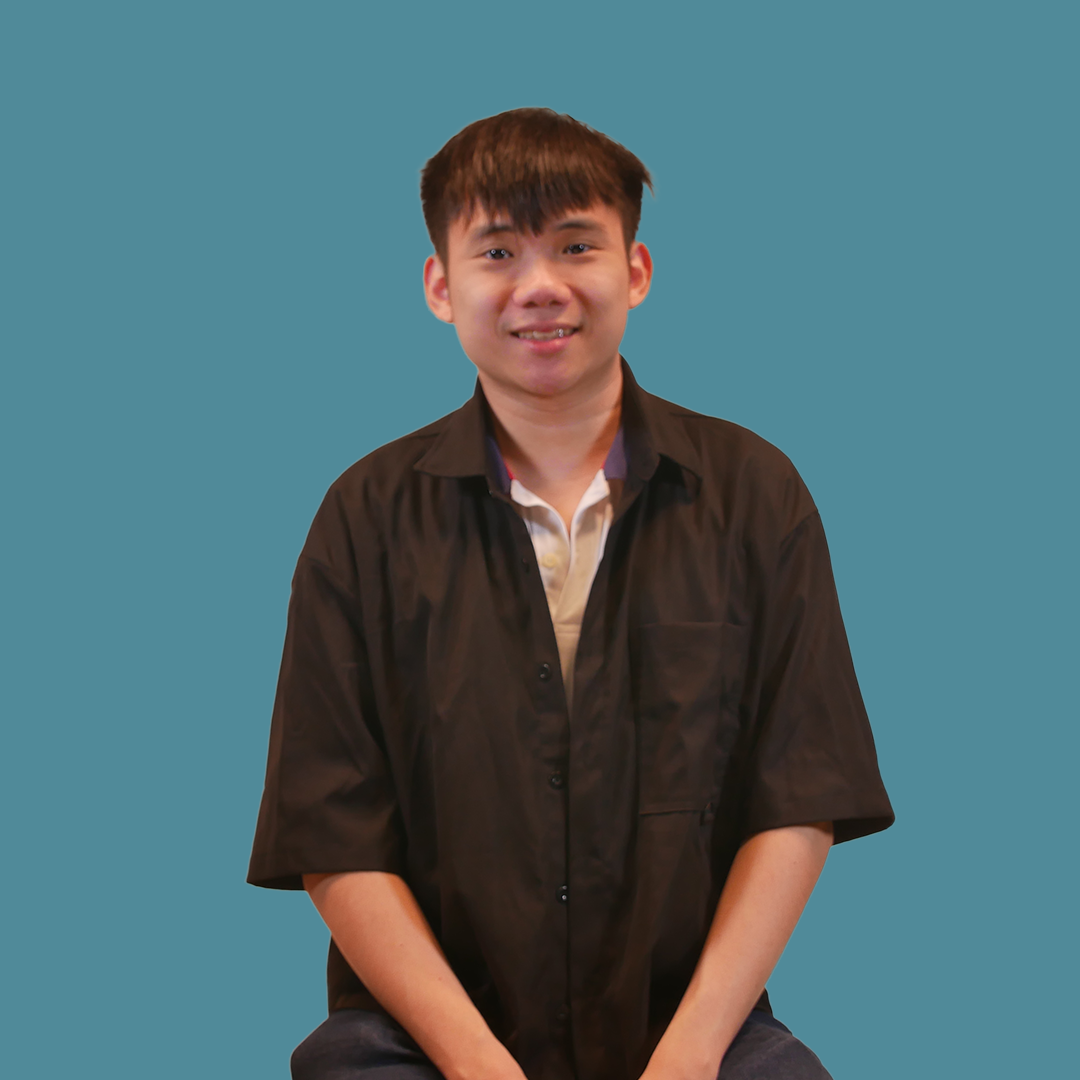The user flow begins when an individual approaches the bin in a public space. At the top of the bin, a screen displays a question chosen by public vote—typically something light and thought-provoking. This question serves as the prompt for interaction. The bin is divided into two compartments labelled “yes” and “no”, and the user casts their vote by disposing their trash into the slot that corresponds with their opinion.
Once the trash is deposited, sensors inside the bin detect which side was used and update the vote count accordingly. This data is transmitted into real time to the backend system via 4G connectivity and is reflected on the BalloBin website. The website shows live updates of the vote totals for the question currently being displayed on the BalloBin.
Concurrently, the website allows users to vote on which question they would like to see featured next on the BalloBin. A collection of possible questions is shown on the platform, and the one with the highest number of votes at the end of three days is selected for display. This selected question is pushed to BalloBin, where it replaces the previous one and begins the cycle anew.
The bin is created with plywood and fastened together with L-brackets for quick prototyping and sturdy construction. They were cut to size at the SUTD Fabrication Lab and assembled. Plywood was chosen as it was relatively cheaper and easier to work with compared to stainless steel or plastics.
The bin runs on a Raspberry Pi 5 microcomputer. It provides the processing power necessary to read the sensor data, display it on the screen and update the backend. The Raspberry Pi was connected to the internet through a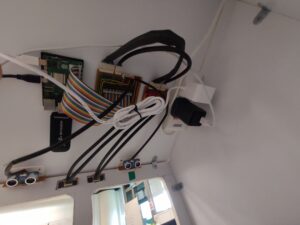 LTE dongle. The Raspberry Pi was chosen as it was easy to develop for the platform, and provided sufficient GPIO pins to connect to the various sensors and displays. The Raspberry Pi is also compatible with an off the shelf LTE dongle through USB, which meant plug-and-play usage, without writing code to interface with an LTE module.
LTE dongle. The Raspberry Pi was chosen as it was easy to develop for the platform, and provided sufficient GPIO pins to connect to the various sensors and displays. The Raspberry Pi is also compatible with an off the shelf LTE dongle through USB, which meant plug-and-play usage, without writing code to interface with an LTE module.
The inner wiring of the bin is done on perfboard, a type of prototyping board, connecting the signal pins of the Raspberry Pi and the sensors and 7 segment display in the bin. As the 7-segment display was driven manually, there were many signal wires that needed to be routed around the different parts of the bin. In order to minimise wiring clutter, perfboard was necessary.
The frontend of the website uses React. The frontend uses components like timer and sidebar which can be called from any page allowing modularity to be achieved. The timer component is a three day timer that can be called and used in any page. The sidebar component is a navigation bar that can be called and used in any page. This allows users to easily navigate from one page to another.
The backend uses Cloud Firestore. The backend uses a cron job to ensure that the question to be displayed updates automatically every three days based on the number of votes. The backend has several API endpoints configured which allows for the integration of frontend and backend with our hardware prototype.
|
API endpoint
|
Request Type
|
Description
|
|
/api/questions
|
GET |
Gets the first ten questions from the backend to display on the website |
|
/api/vote
|
POST |
Increments vote by one in the backend based on the question chosen by user
|
|
/api/results
|
GET |
Retrieves the top three questions based on votes received
|
|
/api/DisplayBin
|
GET |
Retrieves data on the question being displayed on the bin currently
|
| /api/yesno |
POST
|
Update yes and no votes for the question that is being displayed on BalloBin currently. Allows for the hardware to be linked to the backend
|
The frontend has been deployed on Vercel and the backend has been deployed on Render.
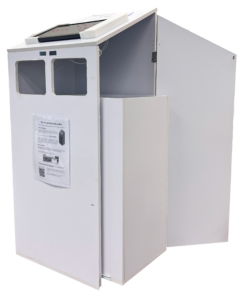
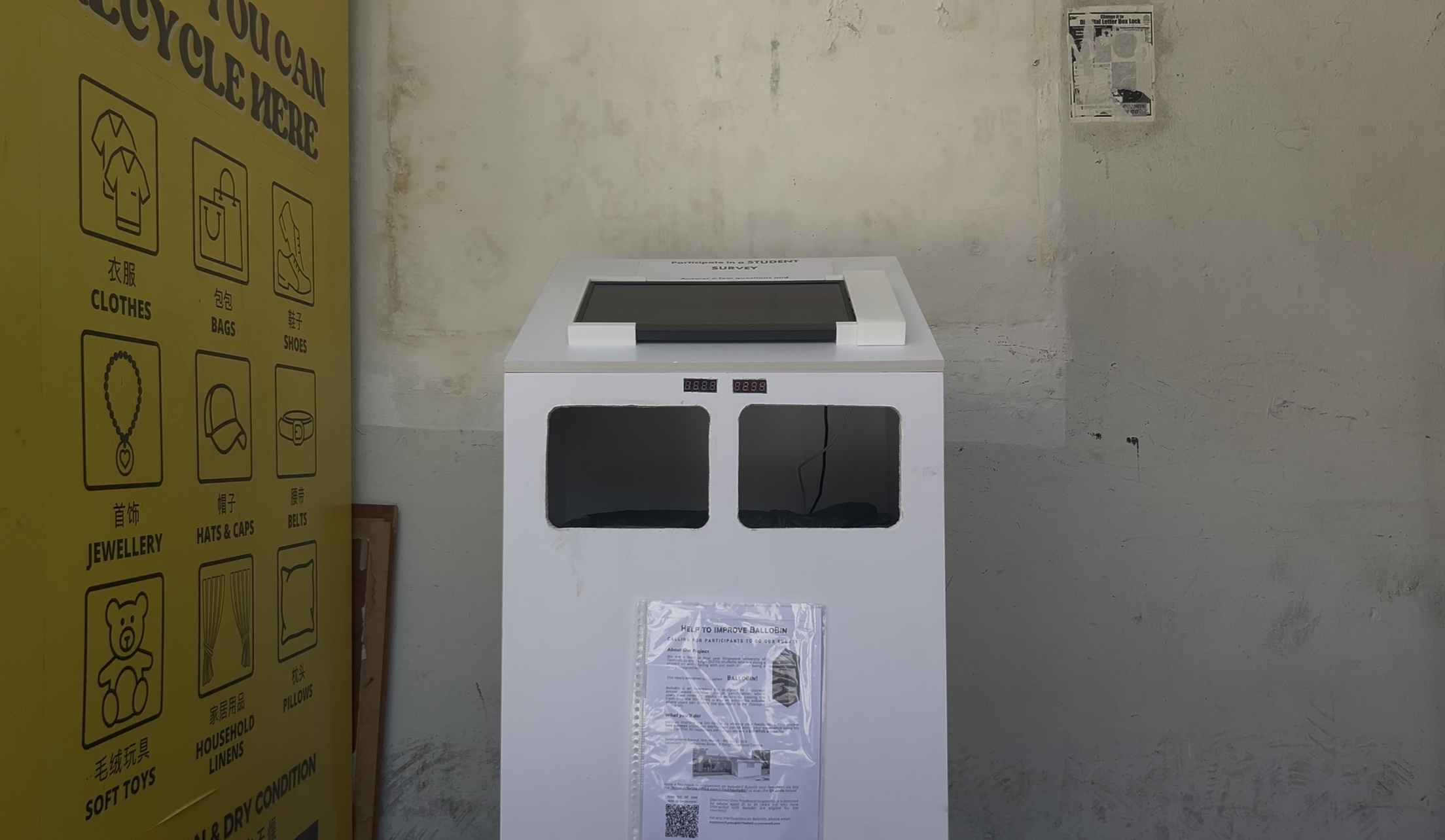
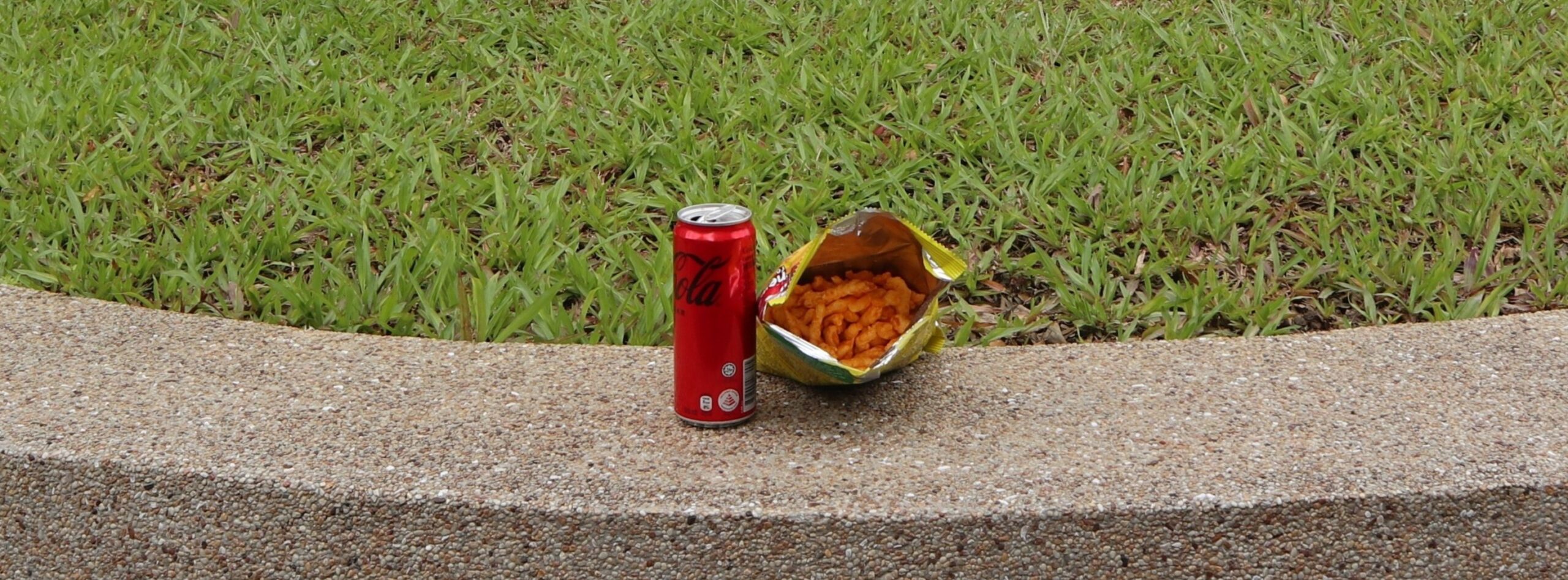
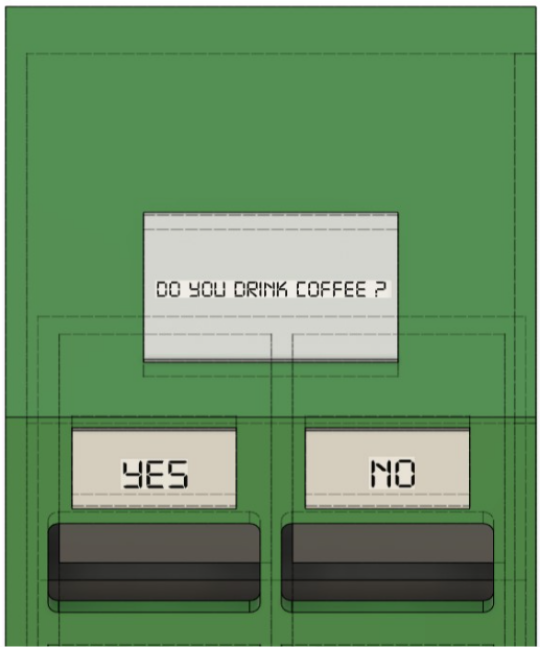
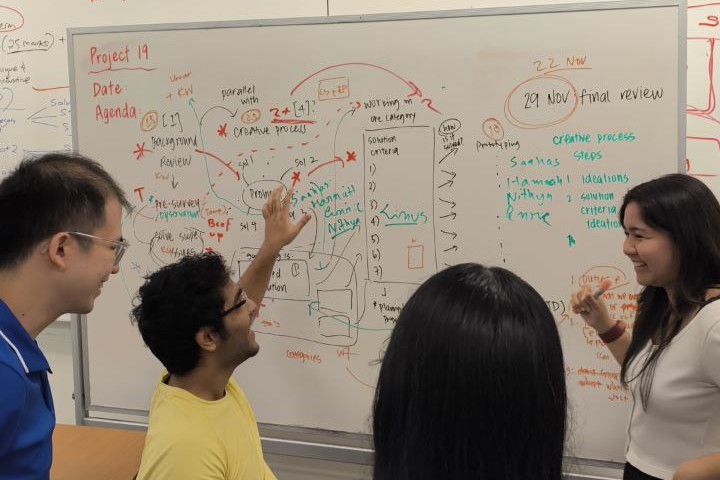
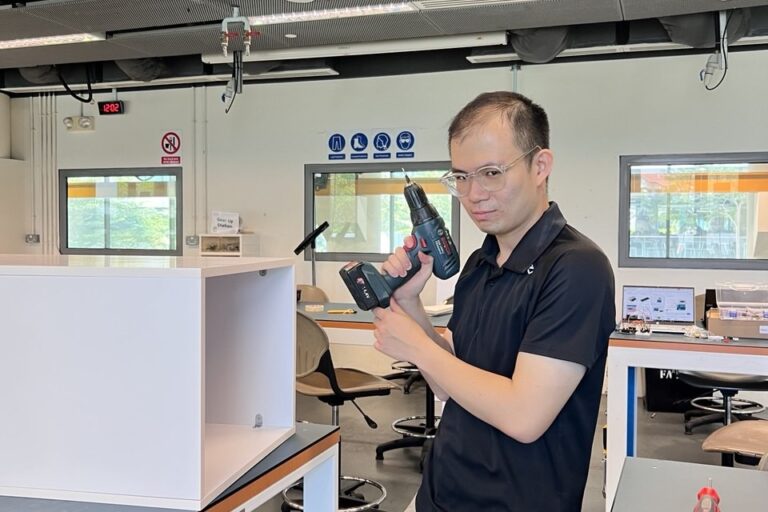
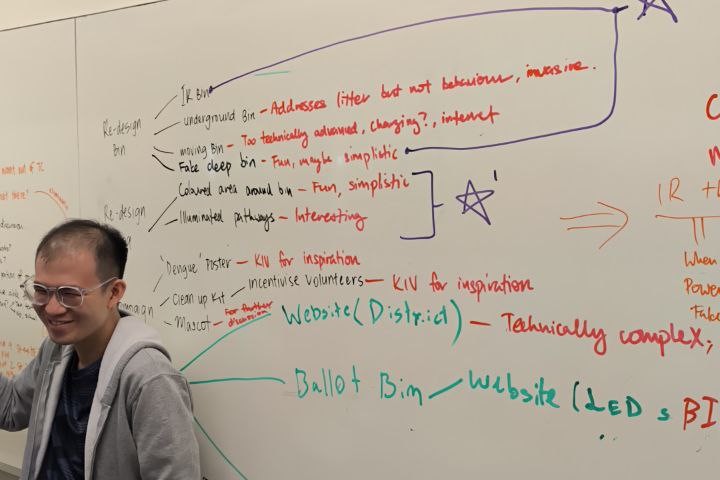
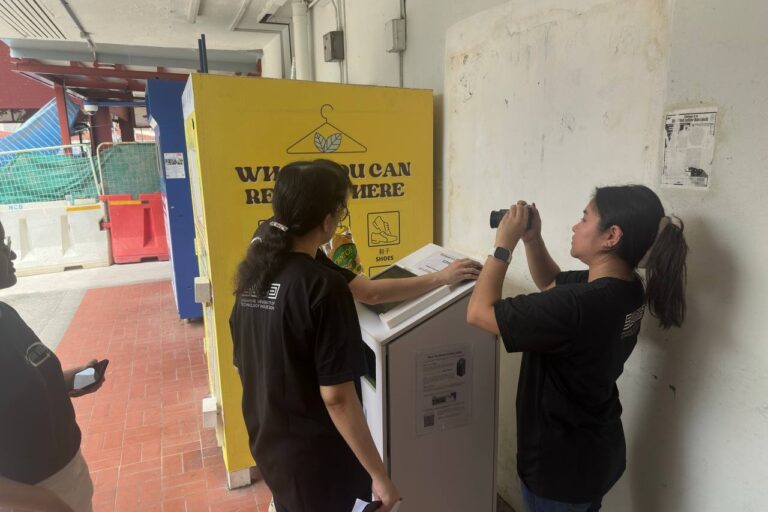
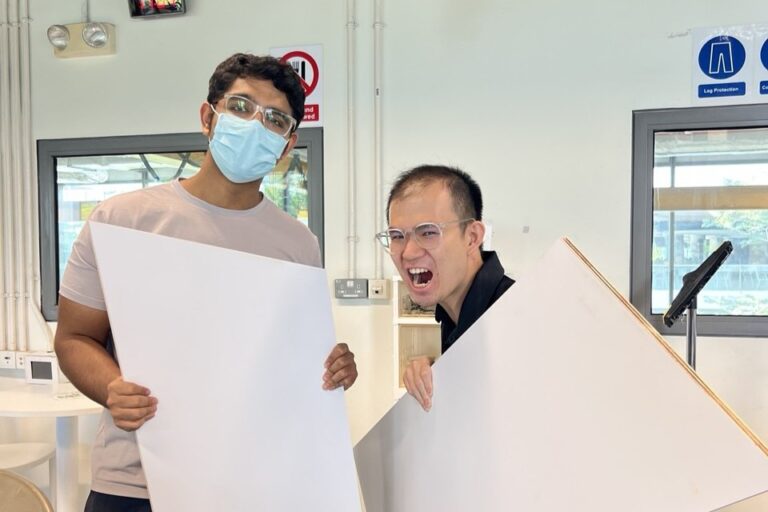
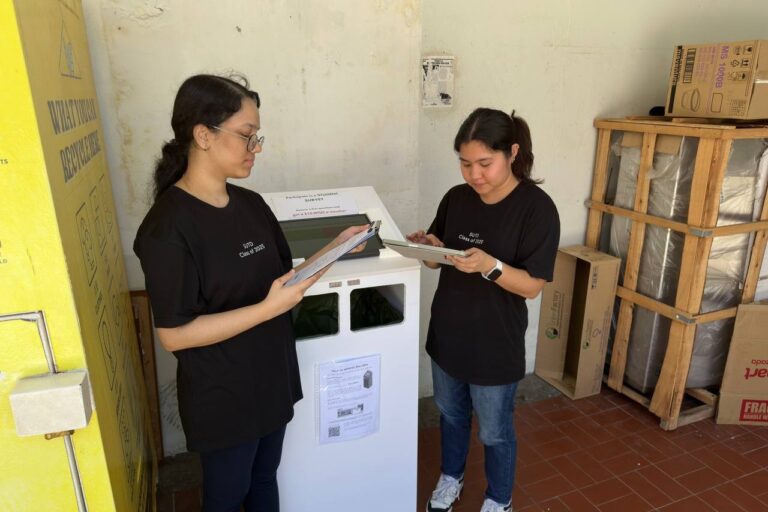

 LTE dongle. The Raspberry Pi was chosen as it was easy to develop for the platform, and provided sufficient GPIO pins to connect to the various sensors and displays. The Raspberry Pi is also compatible with an off the shelf LTE dongle through USB, which meant plug-and-play usage, without writing code to interface with an LTE module.
LTE dongle. The Raspberry Pi was chosen as it was easy to develop for the platform, and provided sufficient GPIO pins to connect to the various sensors and displays. The Raspberry Pi is also compatible with an off the shelf LTE dongle through USB, which meant plug-and-play usage, without writing code to interface with an LTE module.